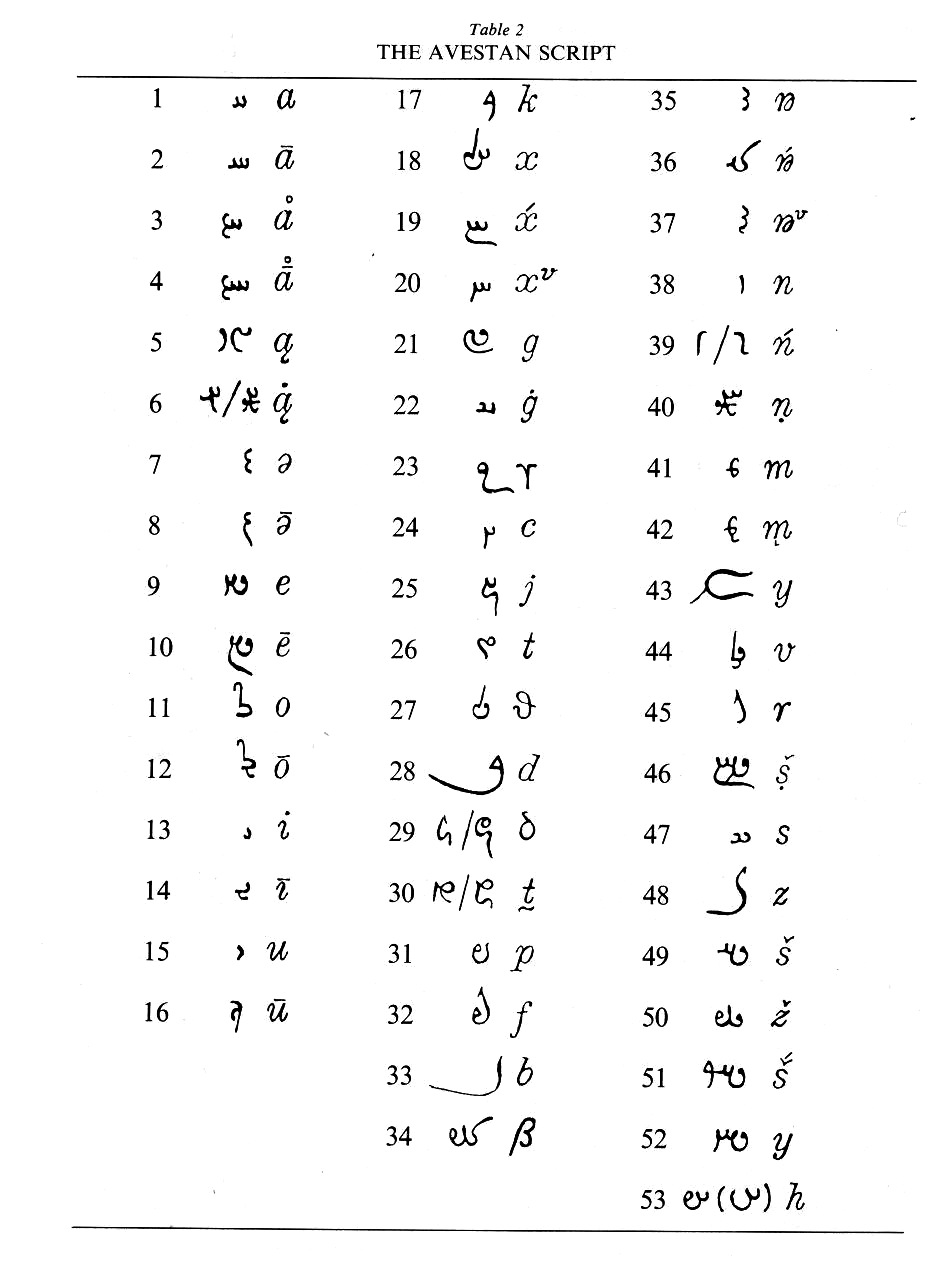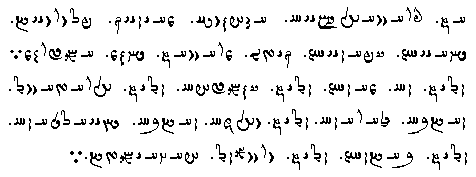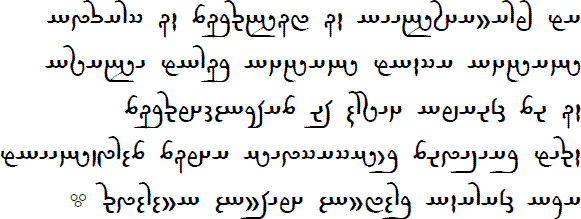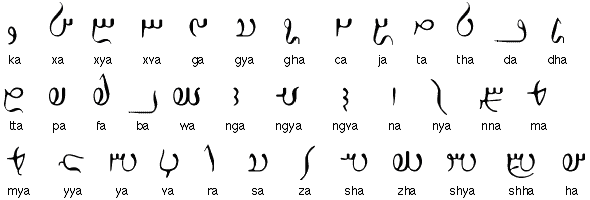Avestan language
Formerly spoken in
- Indo-European Indo-Iranian Iranian Avestan
Ave
Ave
Avestan (also: Awestisch ) is one of two occupied ancient Iranian languages. The name is derived from the Avesta, the holy book of Zoroastrianism, from. Avestan forms as ostiranische language along with the southwest Iranian Old Persian the earliest occupied Iranian languages .
The Avestan, as it is preserved in the Avesta, can be divided in two language levels or dialects. The Altavestische the Gathas and the younger form in which most of the Yasna are written.
The Altavestische has received a good deal of the original Indo-European grammar next to the old Indian language and has a purely Indo-European vocabulary. It knows all the original proto- Indo-European times, eight cases, three genders and three numbers. There are similarities to the language of the Vedas. Linguistic studies date the Altavestische to the period between 1200 BC and 600 BC
The younger Avestan not evolved directly from the Avestan, but from a very similar to that language. Compared to the Avestan it has some phonetic innovations and simplifications of the grammar. As a spoken language, it is likely to have died around 400 BC. Then the Avestan was only passed down orally as a cult language of the priests of Zoroastrianism until the Avesta was written down in the 4th to 6th century AD.
In Old and Middle Persian verbs have been taken from the Avestan into Persian; Persian and Avestan but both are of Iranian origin and were in the ancient Persian times already different from each other.
The spread of the European languages word paradise is Paradisus via Latin and ancient Greek παράδεισος " Tiergarten ", " wildlife park ( the Persian nobles ) ", " (Palace ) Garden " " surrounded by a wall" from the Avestan pairi.daēza, " circumscribed area "( it continues " enclosed land "," pen "," (garden ) System " ) borrowed.










